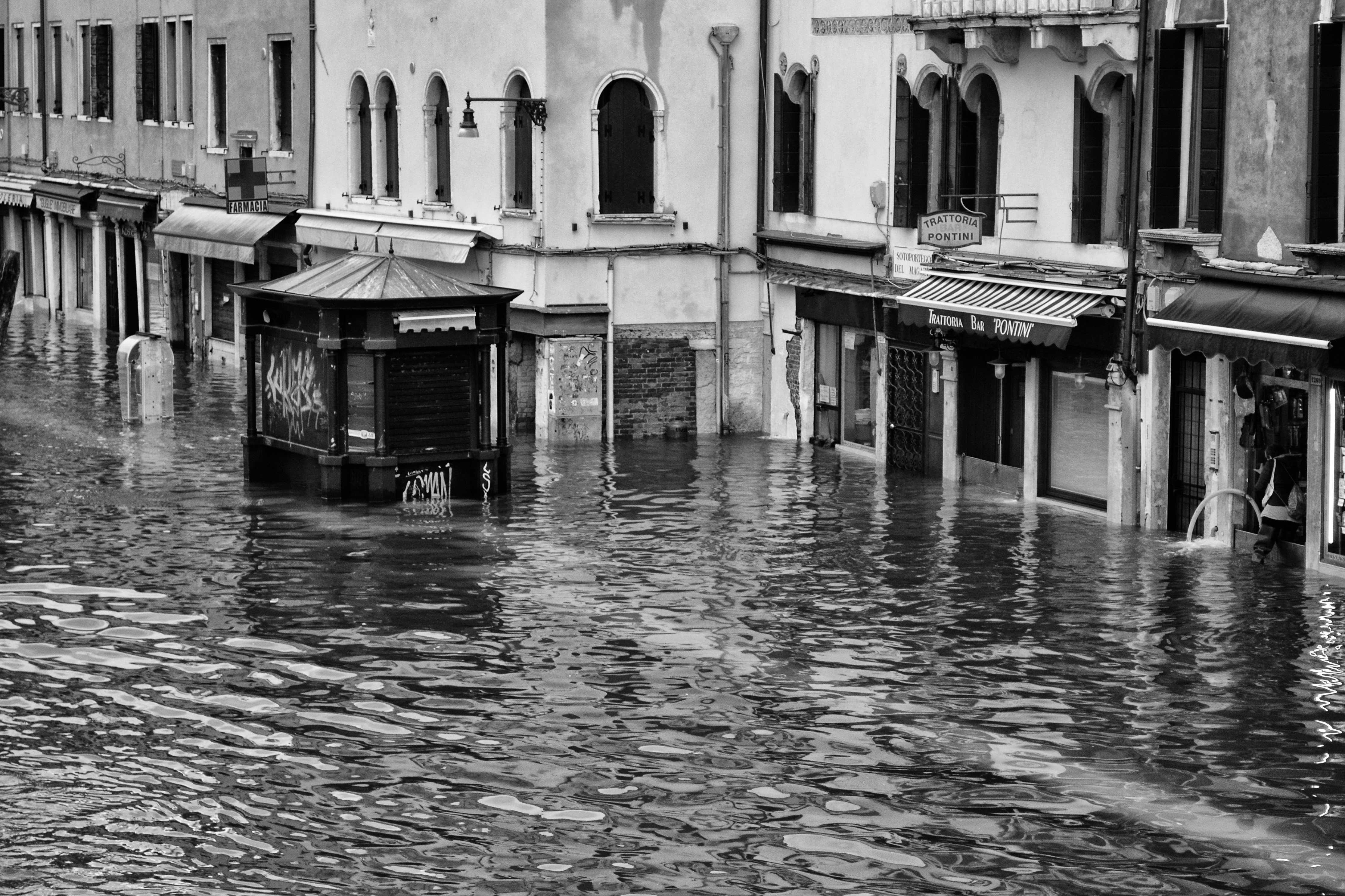DECEMBER 15, 2023
Gabriella Traviglia
The scientific cafes of the latest edition of AquaGranda - Incontri e Dialoghi sulle Maree (2023) were a moment of discovery and discussion on the state of Venice and its lagoon.
A double appointment - or should I say a double coffee - to discuss the future of the lagoon, the MOSE, and Venice, with two possible proposals for the future presented by two research groups.
Moderated by Georg Umgiesser, Research Manager at the National Research Council in Venice and leader of a group of scientists who primarily study lagoons and the coastal area through numerical modeling, the meetings were an opportunity to understand the possibilities and potential scenarios for this unique city..
During the first evening, Lorenzo Fabian, Professor of Urban Planning at IUAV, and Ludovico Centis, Researcher at the University of Trieste, presented their recently published study by Anteferma in the volume “The Lake of Venice”.
Following, Pietro Teatini, Professor of Hydrology at the University of Padua and President of the UNESCO Initiative for the study of subsidence (LaSII), together with Luigi Tosi, geologist and Research Manager at the National Research Council at the Institute of Geosciences and Georesources, presented a study on the possibility of raising the city by about 30 cm through the pumping of saltwater into the deep aquifers located beneath the lagoon..
Both moments were dense and intense, and the speakers never shied away from questions, which were many and also very accurate. We decided to write a small summary of what was said during the two evenings because we realized how much there is a desire to alk about it in a constructive way and that the solutions, still in progress but structured, of those involved in urban planning, hydrology, and geology still belong too much to conference rooms.
The city and the lagoon. The city or the lagoon.

An element that is common to both events is precisely the relationship between the city and the lagoon.. A complex and intricate relationship, historically a highly debated topic.
Obviously, it has also been a subject of discussion during coffee breaks, particularly in relation to the salt marshes. In recent years, with the regular activation of the MOSE project, it has emerged that the operation of "closing off the lagoon" has negative effects on the lagoon ecosystem, especially on the salt marshes, which cover a considerable area for the aquatic city of Venice, serving as the home to many local vegetation and insects.Put simply, most of the "nourishment" of the salt marshes occurs during high tide events, when sediments carried in the lagoon waters are deposited on the surface of the marshes, maintaining their elevation relative to that of the average sea level. Dince these phenomena have been blocked to prevent exceptional high water episodes for the city, its palaces, and its inhabitants, the necessary nourishment for the survival of the salt marshes has been lacking..
This is just one example of a situation that has often arisen for the city of Venice: who do we safeguard, the lagoon or the city?
The lake of Venice
The proposed scenario by Fabian and Centis is a total rethinking of the Venetian metropolitan area, inspired by the continuous change that runs through the roots of the city and its lagoon. As already experimented in other contexts and explored by experts and scholars in the past, the hypothesized project involves dividing the lagoon into three parts, transforming the central part that would include Venice and the other historic islands into a lake, while maintaining the lagoon nature of the northern and southern parts, favoring their expansion into reclaimed areas adjacent to them over the centuries. The port would be relocated offshore, but the city would return to be fully functional.


In this lagoon city of Venice, the biodiversity and ecology of Venice would undergo radical changes. However, as already experienced elsewhere, the ecosystem would gradually adapt to the change within a few years
Lorenzo Fabian, Ludovico Centis, A scenario for Venice and its lagoon, Anteferma Edizioni, 2022
Raising Venice with Water
The proposal by Teatini and Tosi was formulated fifteen years ago and is at an advanced stage, which would require a field experiment as the next step.
At the core of their study is the hypothesis of being able to lift the entire city by about 30 cm by pumping the water from the lagoon into the underground at a depth ranging from 600 to 1000 meters..

This would increase the pressure in the underground aquifers, bringing Venice back 150 years in time and recovering about 30 cm of elevation relative to mean sea level. This would allow the city to be less susceptible to exceptional water events, as the current 160 cm would become 130 cm due to the lifting of the city.
The project involves the construction of a certain number of deep wells (approximately 10, of small dimensions) around the city, equipped with pumps, which would allow the injection of water from the lagoon into the saline aquifers in order to achieve a uniform uplift. According to Teatini and Tosi's estimates, the desired goal would be reached in ten years, and at that point, the volumes of water to be pumped could be drastically reduced, although not eliminated, to maintain the city's elevation.
This proposal is complementary to the MOSE, which would still be necessary in situations of exceptional high water, but its usage could potentially be limited to truly occasional situations.
P. Teatini, N. Castelletto, M. Ferronato, G. Gambolati and L. Tosi, A new hydrogeologic model to predict anthropogenic uplift of Venice, Water Resources Reseach, 47, W12507, doi:10.1029/2011WR010900, 2011.
G. Gambolati and P. Teatini, Venice Shall Rise Again. Engineered Uplift of Venice through Seawater Injection. Elsevier Insights, eBook ISBN 9780124201484, 100 pp., 2013.
Venice and its lagoon fin de siecle by Davide Tagliapietra and Georg Umgiesser (2023)
Venezia Anno 3000 by Attilio Adami (2021)
F. Gallavresi and L. Carbognin, Il sollevamento del suolo mediante iniezioni quale intervento a salvaguardia di zone altimetriche deficitarie. L'applicazione a Venezia come caso peculiare. In: "Commissione di Studio dei Provvedimenti per la Conservazione e Difesa della Laguna e della Citta' di Venezia - Rapporti e Studi", Vol. X, pp. 33-47, 1987




